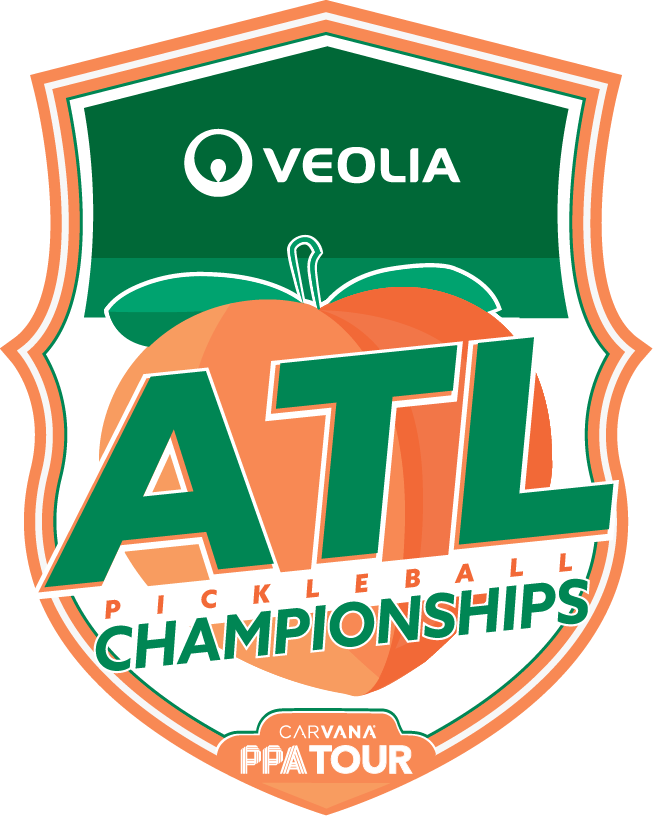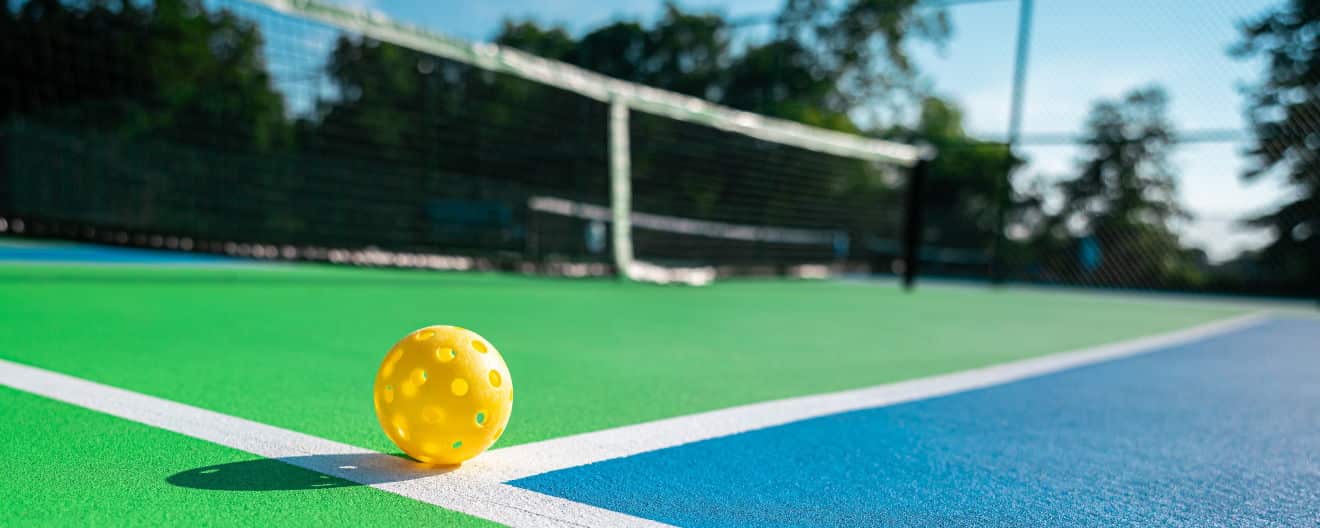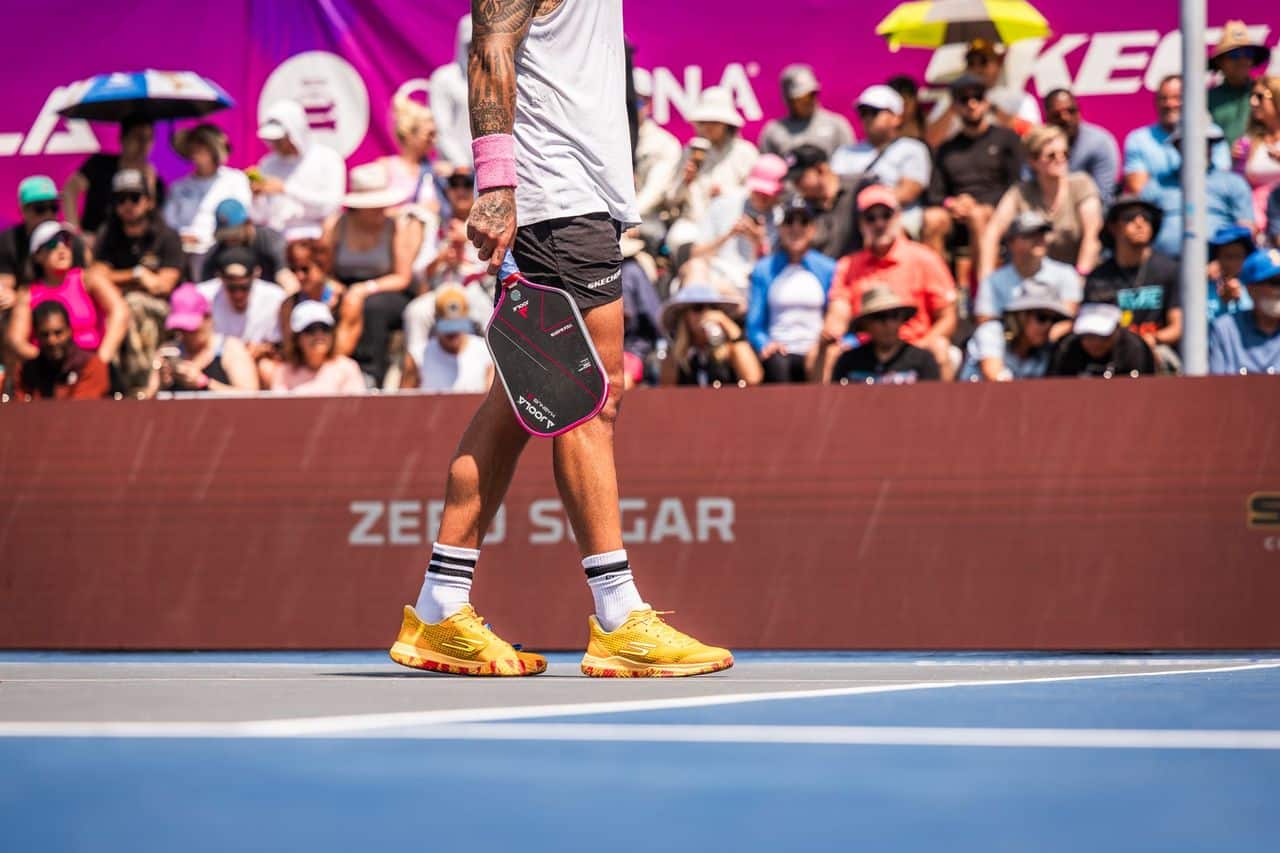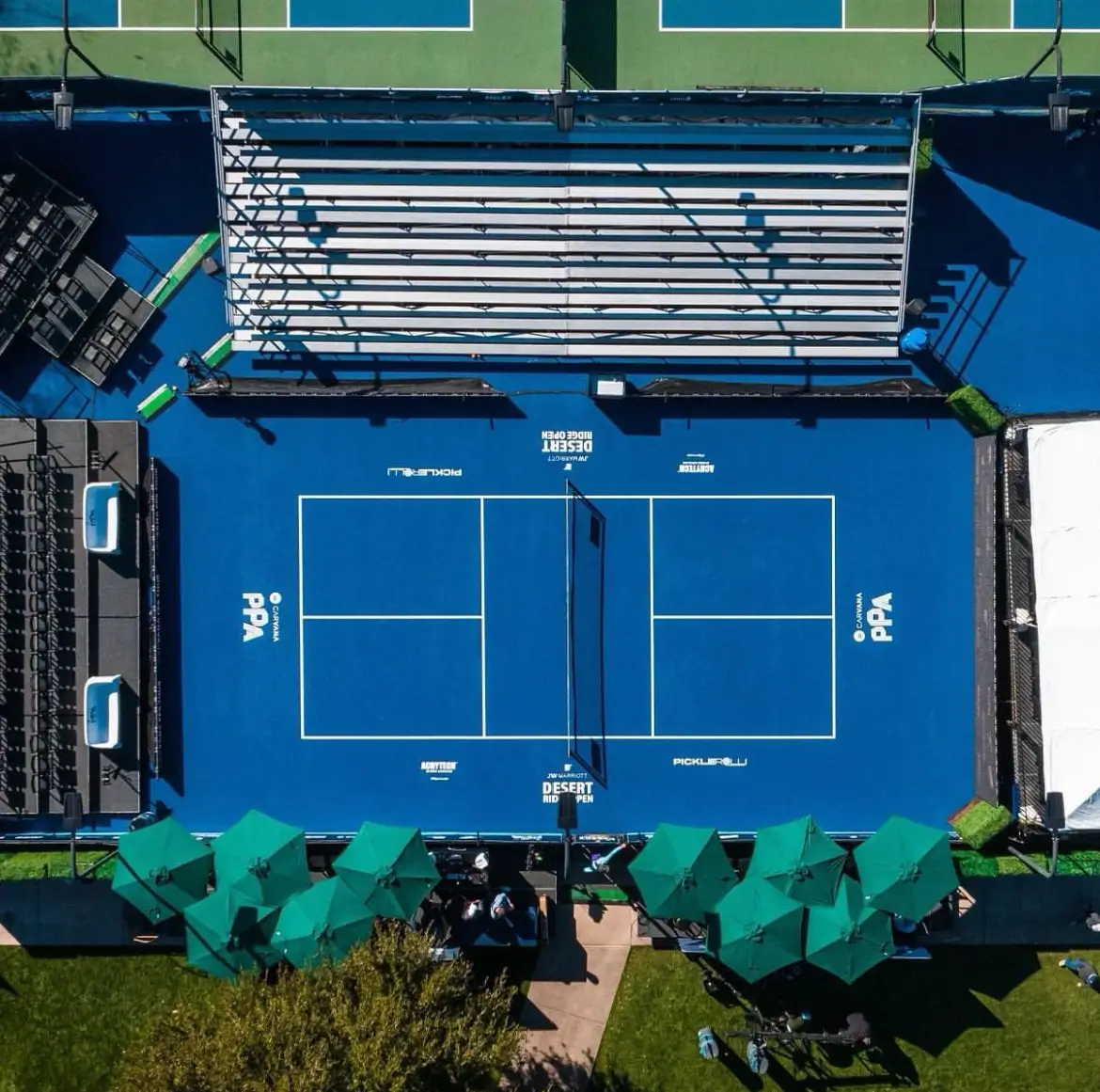The Pain of Pickleball Elbow & How to Treat It
| February 14, 2024
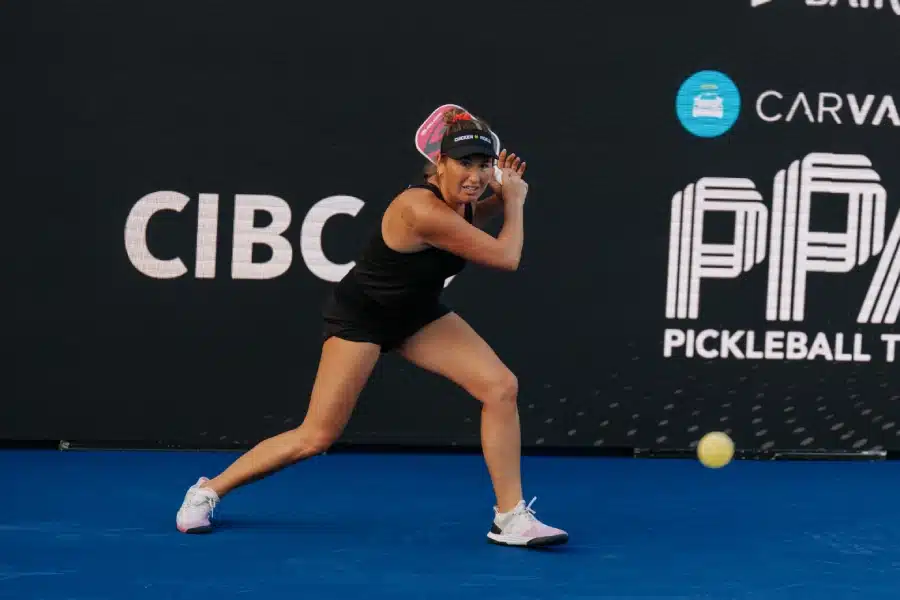
One of the downsides of pickleball becoming popular is the increase in pickleball injuries.
It only makes sense – if more people are playing, more people are apt to get hurt, and one of those injuries seeing an uptick is pickleball elbow.
What should you do if you sense you’re suffering from pickleball elbow, and how should you treat it?
Pickleball elbow is a term that is synonymous with tennis elbow. Technically, it’s called lateral
epicondylitis, which is inflammation of the common extensor tendon where it attaches to the lateral epicondyle.
Too confusing?
Well, in layman’s terms, it’s inflammation or irritation of the tendon which attaches the muscles that extend the wrist to the outside of the elbow. It can range from minor irritation to partial tearing of the tendon.
I have definitely seen an increase in pickleball injuries over the past few years as the sport has gained popularity,” said Dr. Steven Schultz, who is a Board Certified Orthopedic Surgeon practicing in Norman, Okla. “Injuries range from minor sprains and bruises to hip and knee injuries, as well as fractures.”
Pickleball is so welcoming, and the barrier to playing and having fun in the sport is so low. Iit means lots of people are picking up a paddle for the first time. Many of those people might not know how to deal with a sports injury and many may not realize how important proper mechanics while playing can be.
“Pickleball elbow results from overuse of the aforementioned muscles,” Schultz said.”This typically occurs in players who have been relatively inactive and then begin playing, or in players who drastically increase the amount of time they play. It is also typically associated with middle-aged players. However, it can also occur in players of all abilities It is primarily associated with backhand, as that is the stroke that most utilizes the affected muscles. It can be prevented by learning and utilizing proper mechanics for which a professional pickleball coach can be extremely helpful.”
Treating Pickleball Elbow
With pickleball elbow, there are a number of signs that an injury has occurred and a number of ways to self-treat before consulting with a physician.
Likely there will be discomfort or pain over the outside of the elbow and, although it’s the most frustrating remedy, Schultz said, “the most important thing is rest and avoidance.”
Ughh. That’s the worst, especially if a big game or tournament is coming up. Hey, doc, is there anything else, anything at all, that can be done?
Ice, massaging of the area or taking of anti-inflammatory medications are options, he said, but be sure to check with your own doctor to make sure any medications are acceptable with your current health situation. Some braces and straps can be worn over the top of the forearm which can minimize stress over the affected area.
Obviously, if these things don’t help and a person continues to experience pain, even in activities outside of playing pickleball, a trip to the physician may be a good idea. It’s important if this is the case, not to continue to aggravate the injury.
Do nothing and it could get worse. A lot worse.
“Although seemingly a minor injury, pickleball elbow left untreated can result in more serious consequences,” Schultz said. “With proper rest and conservative measures it can heal. Sometimes a steroid injection can be utilized as a next step in treatment. This helps to encourage healing.
“When utilized, alongside other conservative measures, most players will see improvement or even complete resolution. However, in a small number of patients pickleball elbow will remain an issue despite exhaustive conservative treatment. In those cases an MRI can be utilized to further diagnose the condition and establish the presence and severity of tearing of the tendon.”
Steven Schultz – Board Certified Orthopedic Surgeon
- MD University of Oklahoma 1998
- Orthopedic Surgery Residency Fort Worth, TX 1998-2003
- Adult Reconstruction Fellowship 2003-2004, Albuquerque, New Mexico
- Private practice Norman, Oklahoma 2004-current

